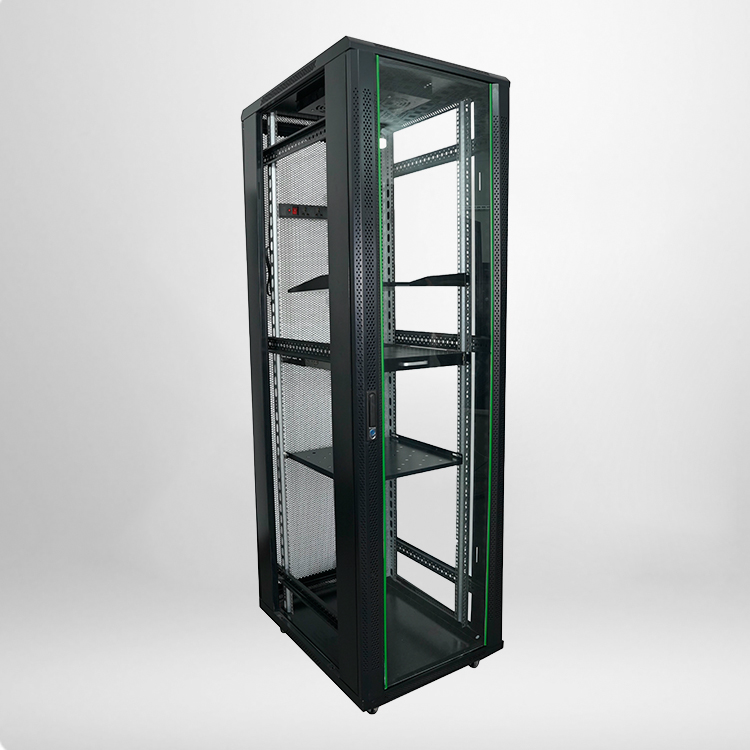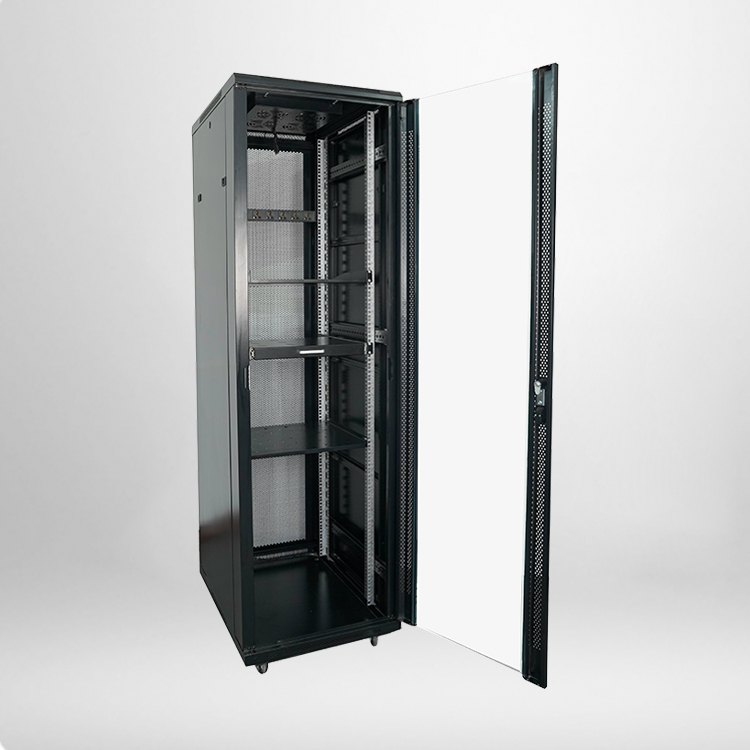
Cold and hot aisle containment (CHAC) has emerged as a game-changing solution for data center thermal management, transforming how facilities control temperature while slashing energy waste. More than just a cooling strategy, it’s a “bright” approach—blending practical design with sustainability to keep critical IT infrastructure running optimally. In an era where data centers consume massive amounts of energy, CHAC stands out as a smart, efficient way to balance performance, cost savings, and environmental responsibility.
At its core, cold and hot aisle containment leverages a simple yet effective principle: separating cold air supply from hot air exhaust to eliminate airflow mixing. In traditional data centers, cool air from CRAC (Computer Room Air Conditioning) units often mixes with hot air exhausted by servers, leading to inefficiency and uneven cooling. CHAC solves this by enclosing either the cold aisles (where servers draw in cool air) or hot aisles (where servers expel heat) with physical barriers—such as doors, panels, or ceilings. This separation ensures cool air reaches server inlets directly, while hot air is channeled back to cooling units without mixing, drastically improving cooling efficiency.
There are two primary types of CHAC systems, each tailored to different data center layouts and needs. Cold aisle containment (CAC) encloses the aisles between server racks where cool air is supplied. Racks are arranged with their fronts facing the cold aisle, and enclosed panels or doors prevent cool air from escaping into the rest of the room. Hot aisle containment (HAC), by contrast, encloses the aisles where servers exhaust hot air. Racks face outward, with their backs forming the hot aisle, and enclosed barriers trap hot air, directing it to return ducts or cooling units. Both systems achieve the same goal—airflow separation—but HAC is often preferred in facilities where maintaining a comfortable ambient temperature for staff is a priority.
The benefits of cold and hot aisle containment are far-reaching, starting with significant energy savings. By eliminating airflow mixing, CHAC allows cooling systems to operate at higher temperatures (typically 70–75°F instead of 65–68°F), reducing the workload on CRAC units and cutting energy consumption by 20–40%. This not only lowers utility bills but also extends the lifespan of cooling equipment. Additionally, CHAC prevents hot spots—areas of excessive heat that can damage servers or cause performance throttling—ensuring uniform cooling across all racks. This consistency enhances IT equipment reliability, reducing downtime and the risk of costly hardware failures.

Sustainability is another key advantage of CHAC. By reducing energy use, data centers decrease their carbon footprint, aligning with global efforts to combat climate change. Many CHAC systems also integrate seamlessly with alternative cooling solutions, such as free cooling (using outside air when temperatures are low) or liquid cooling, further enhancing sustainability. The reduced energy demand also means less strain on power grids, making data centers more resilient during peak usage periods.
CHAC systems are highly adaptable, fitting a range of data center sizes and configurations. Large enterprise data centers and colocation facilities benefit from scalable CHAC solutions that can be expanded as racks are added. Small to medium-sized data centers (SMDCs) often use modular CHAC components—such as portable containment panels or ceiling enclosures—that are easy to install and reconfigure. Even edge data centers, which are compact and located in remote areas, can leverage compact CHAC systems to maintain efficient cooling without requiring large cooling infrastructure.
When implementing cold and hot aisle containment, several factors should be considered. Rack layout is critical—servers must be arranged to face the correct direction (fronts to cold aisles for CAC, backs to hot aisles for HAC) to ensure effective airflow separation. Containment barriers should be airtight to prevent leakage, with options ranging from rigid panels (for permanent installations) to flexible curtains (for temporary or modular setups). Cooling system calibration is also essential; CRAC units should be adjusted to work with the higher operating temperatures enabled by CHAC. Additionally, monitoring tools—such as temperature sensors and airflow meters—can help track performance and identify areas for optimization.


